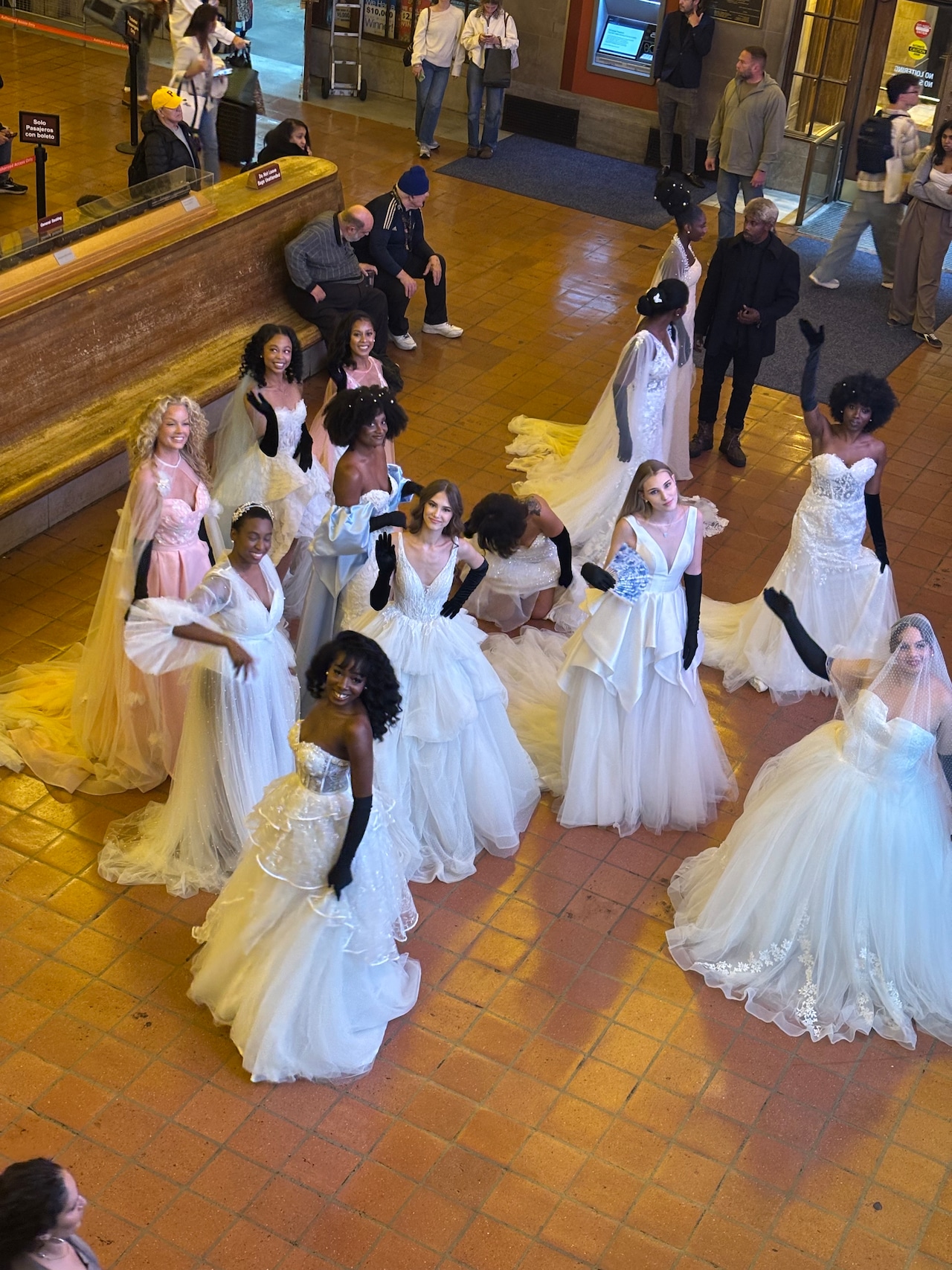66
Runways and seasonal collections don’t drive fashion’s power anymore. The industry has pushed into technology, entertainment, and art, building cultural and economic dominance through these partnerships. What started as clothing has morphed into a web of symbols, tech innovations, and cultural capital.
Tech Is Fashion’s New Runway
Fashion brands pour cash into tech partnerships to appear cutting-edge, not just stylish. Now we have fabrics that shift color with body heat, sneakers with embedded sensors and blockchain tags proving authenticity. A solar-powered jacket isn’t about saving the planet but about claiming “we’re forward-thinking” in press releases and Instagram posts.
Then there’s digital fashion, clothes that only exist online and are made for avatars and filters. No fabric, no factories, just pixels. Brands can pump out virtual drops at basically no cost while their logos flood gaming platforms and social networks. Avatars wearing Balenciaga in virtual worlds mean the brand isn’t selling shirts anymore but selling identity across every digital space consumers occupy.
Fashion houses team up with tech giants for limited drops that generate buzz far beyond their usual circles. When a heritage brand collaborates with a gaming company or launches AR try-ons, the goal isn’t convenience. It’s about positioning themselves inside innovation narratives, getting coverage in tech blogs and business sections, places where fashion coverage traditionally never landed. Industries that have nothing to do with haute couture now court fashion’s attention, including social media and entertainment startups. Brands license their visual identity to virtual experiences, immersive concerts, and metaverse environments that carry designer DNA. These cross-industry partnerships go offshore, and open up audiences and revenue that physical boutiques could never reach.
Entertainment and Art Give Fashion Cultural Weight
Musicians show up in custom pieces, movie characters wear recognizable designer gear, and video games feature branded capsule collections. These collaborations turn clothes into cultural markers where a jacket stops being outerwear and becomes a piece of a celebrity’s image or a film’s world. Fashion embeds itself in mass media, securing visibility that traditional advertising can’t match.
Art partnerships take this further by adding intellectual credibility. When a fashion house commissions an installation or drops NFTs with contemporary artists, it’s positioning itself next to galleries and museums. The brand stops being just retail and starts being cultural production, which means shopping becomes participating in artistic discourse. That shift matters because it makes fashion feel important, not frivolous.
Art-fashion collaborations attract collectors, critics, and cultural institutions that validate taste and confer legitimacy. Brands showing up at art fairs and biennials stop being retailers. They become players in conversations about creativity and value. That symbolic power translates into influence that reaches well beyond the fashion world itself.
Fashion has figured out how to embed itself everywhere. Technology validates its innovation claims. Entertainment amplifies its visibility. Art grants it cultural authority. Each collaboration compounds the last, building a network where fashion isn’t just an industry, it’s infrastructure that shapes how people see themselves and what they value.
Presented by: APG


